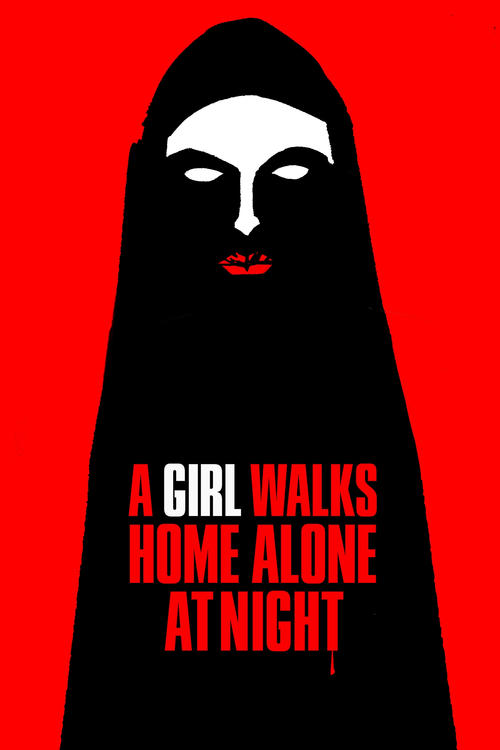
Title: A Girl Walks Home Alone at Night
Year: 2014
Director: Ana Lily Amirpour
Writer: Ana Lily Amirpour
Cast: Sheila Vand (The Girl), Arash Marandi (Arash), Marshall Manesh (Hossein 'The Junkie'), Mozhan Navabi (Atti 'The Prostitute'), Dominic Rains (Saeed 'The Pimp'),
Runtime: 101 min.
Synopsis: In the Iranian ghost-town Bad City, a place that reeks of death and loneliness, the townspeople are unaware they are being stalked by a lonesome vampire.
Rating: 6.818/10